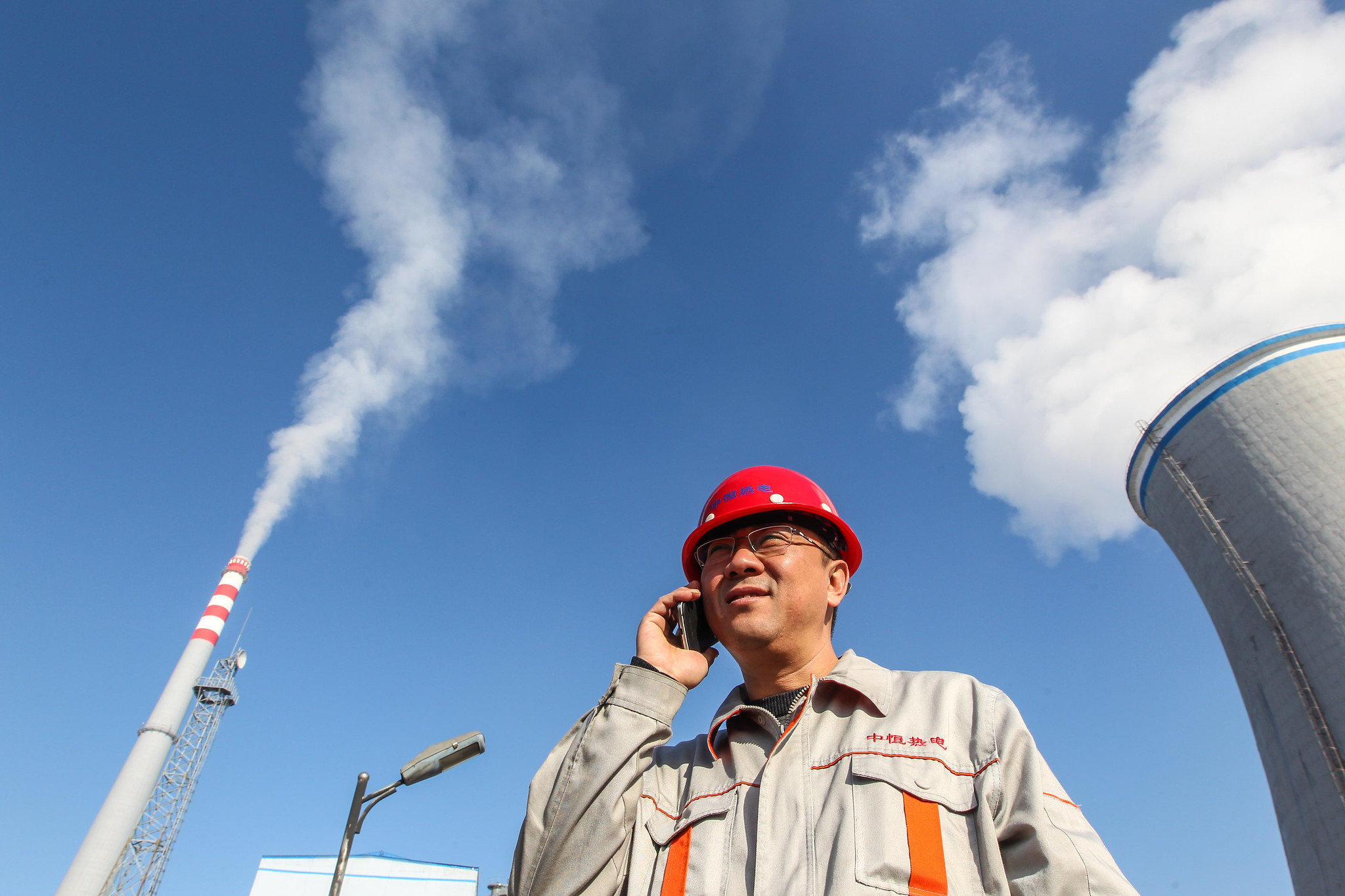
China Monitor is our brand-new program that analyses China’s economic and foreign policies. It also aims to predict the consequences of Beijing’s policy for the global economy, the EU as well as Central and Eastern European countries such as Poland.
Date: 23 May 2022 Author: Wojciech Adamczyk
Risks and benefits of Chinese energy investments in Poland
In 2020, the European Commission adopted the so called European Green Deal to face imminent challenges related to climate change. This ambitious goal to transform into a more efficient and green economy has been also a very important aspect of the Polish economic transformation.

Poland, occasionally considered the black sheep of the EU climate policy, with more than 70 per cent of the country’s electricity generated by coal, has been facing one of the most difficult challenges among member states to tackle issues of reducing greenhouse gas emissions in its economy[1]. Recently, the war in Ukraine has been speeding up plans of the EU members for the transition to a more green economy. As the decoupling of energy links with Russia has started, the whole of Europe now finds itself paying a heavy price for its excessive energy dependence on Russia’s natural resources, and so does Poland[2]. It is worth posing the question, what role China can play in the energy transformation in this country? Views are problematic.
In the general picture, most of the EU countries turn out to be negative about the idea of Chinese investments in critical sectors of the economy. It is argued that normally if existent, such projects are not pure foreign direct investments, but are rather based on loaning agreements, where mostly it has been perceived that Chinese business offer has not been preferential at all. These countries that have accepted Chinese energy investments into their economies, such as Serbia, Hungary and Greece have invited mostly coal-fired power plants[3]. Despite the lack of sufficient evidence concerning carbon-neutral projects made by China in the Central-Eastern Europe (CEE) region, the war in Ukraine, as well as the COVID-19, might bring some new dynamics into the picture.
Recently, Poland which is traditionally sceptical about Chinese investments into strategic sectors should reassess its approach towards finding new alternatives to speed up the processes of an economic green transition. The current geopolitical changes and long-term strategies should create a chance for the Polish government to get an advantage of the massively prosperous renewable energy sector in China. Only in 2019, NeoInvestments and China Sinology Electric Engineering announced a plan to build 600 (megawatts) MW in what they called Poland’s biggest photovoltaic power station[4]. Available data shows that Poland has been one of the leading EU destinations for Chinese investment, and according to the Polish Economic Institute (PIE), the total value of Chinese investment projects in Poland in 2020 could be estimated at approximately $1 billion USD[5]. Being the third most popular EU destination (after Germany and France) for Chinese investments is providing a relevant space for the intensified dialogue between governments and the business sector for further Chinese investments specifically in renewable energy.
Despite that China as a leader in the global power investments so far has been focused on developing countries, particularly in Asia and Latin America, Poland 2040 National Energy Policy with its ambitious goals can learn from China’s own, successful green economy strategies, as well as, initiate a relevant business relationship to attract more Chinese investment into renewable energy sectors[6]. Poland can increase its share of renewable energy in power generation to nearly 38% by 2030 (compared to only 7% in 2010). Under current policies, the share of renewables in Poland’s total final energy consumption would increase to just 15.5% by 2030. This could feasibly reach 25% if investments in renewable energy doubled to USD 4.5 billion annually[7]. This clearly shows that additional investments are more than demanded. Foreign investors in Poland are playing a remarkable investment role in the renewable energy sector. The most active foreign investors in the Polish renewable energy sector are companies from France and Germany. If reasonable, opening up to more distant investors seem to be acceptable[8].
Optimizing risks and benefits of Chinese investments, Poland might be a beneficiary of rejuvenated business dialogue with China. Attracting Chinese investment can help Poland to diversify the risks of foreign ownership and lower the country’s dependence on other business partners such as Germany and France in the renewable energy sectors. Of course, concerns such as unclear motives of Chinese investments exist. Still, Polish perception of China as a partner, and less than a rival and competitor, could bring more positive changes for Poland on its way to becoming a truly green economy.
[1] https://www.bruegel.org/2021/01/green-transformation-a-polish-perspective/
[2] https://www.eui.eu/news-hub?id=the-impact-of-the-war-in-ukraine-on-europes-climate-and-energy-policy
[3] https://ceenergynews.com/finance/chinese-energy-investments-in-cee-are-becoming-problematic/
[4] https://www.reuters.com/article/us-poland-energy-renewables-idUSKCN1VP1NA
[5] https://www.euractiv.com/section/politics/short_news/poland-among-chinas-main-eu-investment-sites/
[6]https://scholar.princeton.edu/sites/default/files/mauzerall/files/chinas_global_power_energypolicy_2019.pdf
[7] https://www.irena.org/publications/2015/Oct/REmap-2030-Renewable-Energy-Prospects-for-Poland
[8] https://www.paih.gov.pl/sectors/renewable_energy
Support Us
If content prepared by Warsaw Institute team is useful for you, please support our actions. Donations from private persons are necessary for the continuation of our mission.
All texts published by the Warsaw Institute Foundation may be disseminated on the condition that their origin is credited. Images may not be used without permission.















